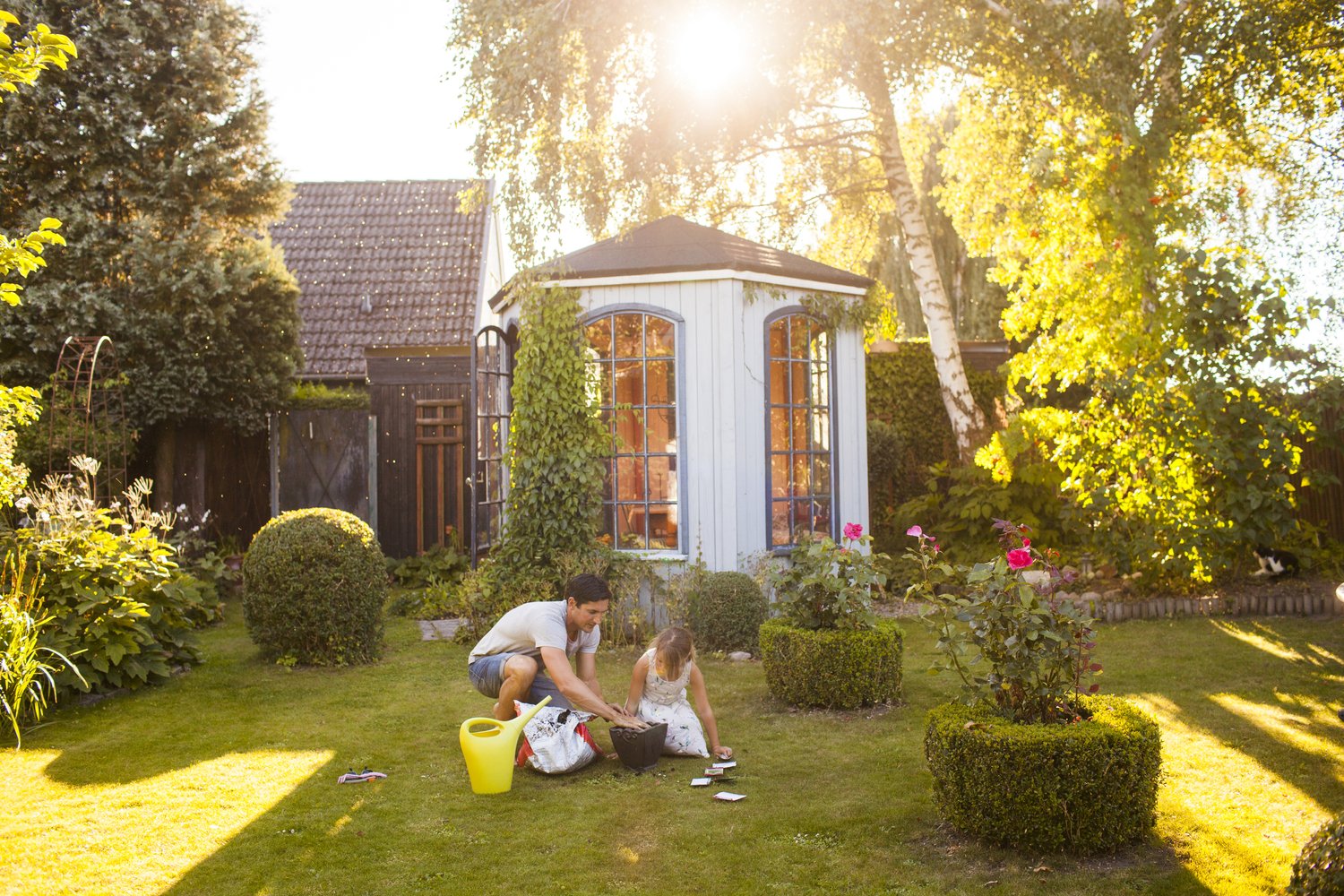Imagine creating a thriving garden that requires significantly less effort while producing better results. The no-dig gardening method offers exactly this promising combination. By working with nature rather than against it, no-dig gardening preserves soil structure, promotes biological activity, and reduces the physical labor traditionally associated with garden maintenance. This approach has gained popularity among gardeners seeking sustainable practices that yield healthier garden soil while simultaneously reducing their workload and increasing productivity.
Understanding the No-Dig Philosophy
The no-dig gardening method represents a fundamental shift in how we approach soil management. Traditional gardening typically involves turning or tilling the soil annually, a practice that has been standard for generations. However, the no-dig philosophy recognizes that soil is a complex living ecosystem rather than just a growing medium. When we dig or till, we disrupt the intricate network of fungal hyphae, worm tunnels, and microbial communities that naturally develop in undisturbed soil. By eliminating digging, we preserve these beneficial relationships that contribute to plant health and productivity.
At its core, no-dig gardening mimics natural processes. In forests and meadows, plants grow without human intervention digging the soil. Instead, organic material falls to the ground, decomposes on the surface, and is gradually incorporated into the soil by worms and other organisms. This continuous addition of organic matter on top, rather than mixing it in, becomes the foundation of the no-dig approach.
Setting Up a No-Dig Garden
Establishing a no-dig garden is remarkably straightforward, making it accessible even for beginners. Start by marking out your garden beds – raised beds work exceptionally well with the no-dig system, though it can be applied to any garden space. Rather than digging to prepare the soil, you’ll simply cover the area with a weed suppressing layer such as cardboard or several layers of newspaper. This biodegradable barrier will smother existing weeds while eventually breaking down to become part of the soil.
Once your weed barrier is in place, add a thick layer of compost – ideally 4-6 inches deep. This compost becomes your growing medium for the first season. The beauty of this approach is that it allows you to start gardening immediately, even on previously uncultivated ground or areas with poor soil. As experts at AskHomey suggest, this initial investment in quality compost pays dividends through reduced maintenance and improved harvests in the long run.
The Benefits of No-Dig for Soil Health
The most profound benefits of no dig gardening relate to soil health. When we stop disturbing the soil, we allow the natural soil food web to flourish. Earthworms multiply and create channels that improve drainage and aeration. Fungal networks develop, forming partnerships with plant roots that enhance nutrient uptake. Beneficial bacteria proliferate, converting organic matter into forms plants can use.
This improved biological activity leads to soil that has better structure and water retention capabilities. No-dig beds typically require less watering than conventionally maintained gardens because the undisturbed soil develops a sponge-like quality that holds moisture efficiently. The high organic matter content also means improved nutrient availability for plants, often reducing or eliminating the need for additional fertilizers.
Another remarkable advantage of healthier garden soil created through no-dig practices is its resilience to extreme weather conditions. The improved structure helps soil withstand both drought and heavy rainfall better than regularly tilled soil, providing more consistent growing conditions throughout changing seasons.
Less Work, More Productivity
Perhaps the most immediately appealing benefit of no dig gardening method is the significant reduction in physical labor. Traditional digging and tilling are among the most physically demanding garden tasks, particularly in clay soils. By eliminating these activities, gardening becomes more accessible to people of all ages and physical abilities.
The less work gardening approach extends beyond the initial soil preparation. No-dig gardens typically produce fewer weeds, as weed seeds remain buried rather than being brought to the surface through digging. When weeds do appear, they’re generally easier to remove from the loose compost surface. Maintenance becomes primarily about adding a fresh layer of compost annually rather than laborious digging and turning.
This reduction in maintenance doesn’t come at the expense of productivity – quite the opposite. Many gardeners report increased yields after switching to no-dig methods. Plants growing in undisturbed, biologically active soil often show improved health and vigor, translating to more abundant harvests and reduced pest and disease issues.
Sustainable Gardening for the Future
The no-dig approach represents a more sustainable model of food production that can be applied at any scale, from backyard gardens to commercial operations. By working with natural processes rather than fighting against them, gardeners can create productive spaces that actually improve the environment rather than depleting it.
Each year, as you add a new layer of compost to your no-dig beds, you’re effectively sequestering carbon in the soil. This makes no-dig gardening not just beneficial for your immediate garden environment but also a small but meaningful contribution to addressing climate change. The reduced need for inputs like fertilizers and pesticides further diminishes the environmental footprint of your garden.
The joyful simplicity of no-dig gardening lies in its harmony with nature’s own systems. By stepping back and intervening less, we create conditions where plants and soil can thrive together, resulting in gardens that are more resilient, productive, and enjoyable to maintain.
For more tips and to connect with reliable home service professionals, follow AskHomey on Facebook and Instagram.



